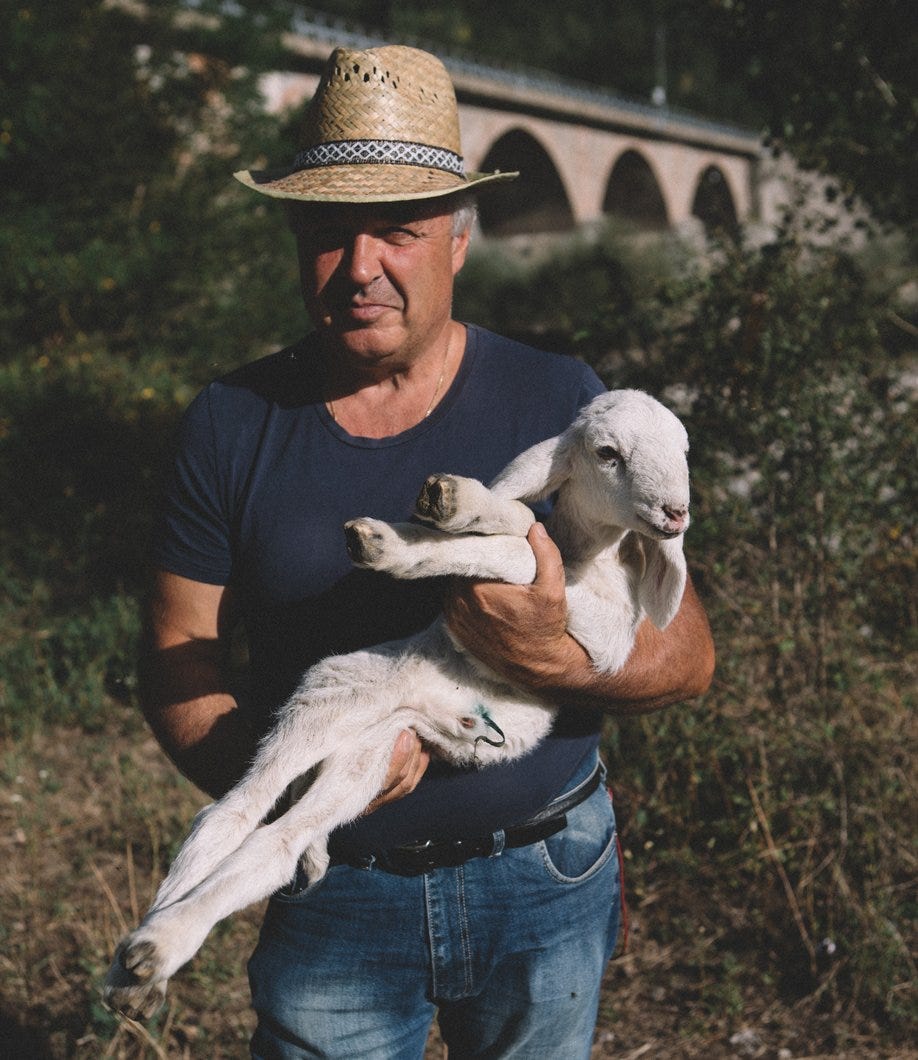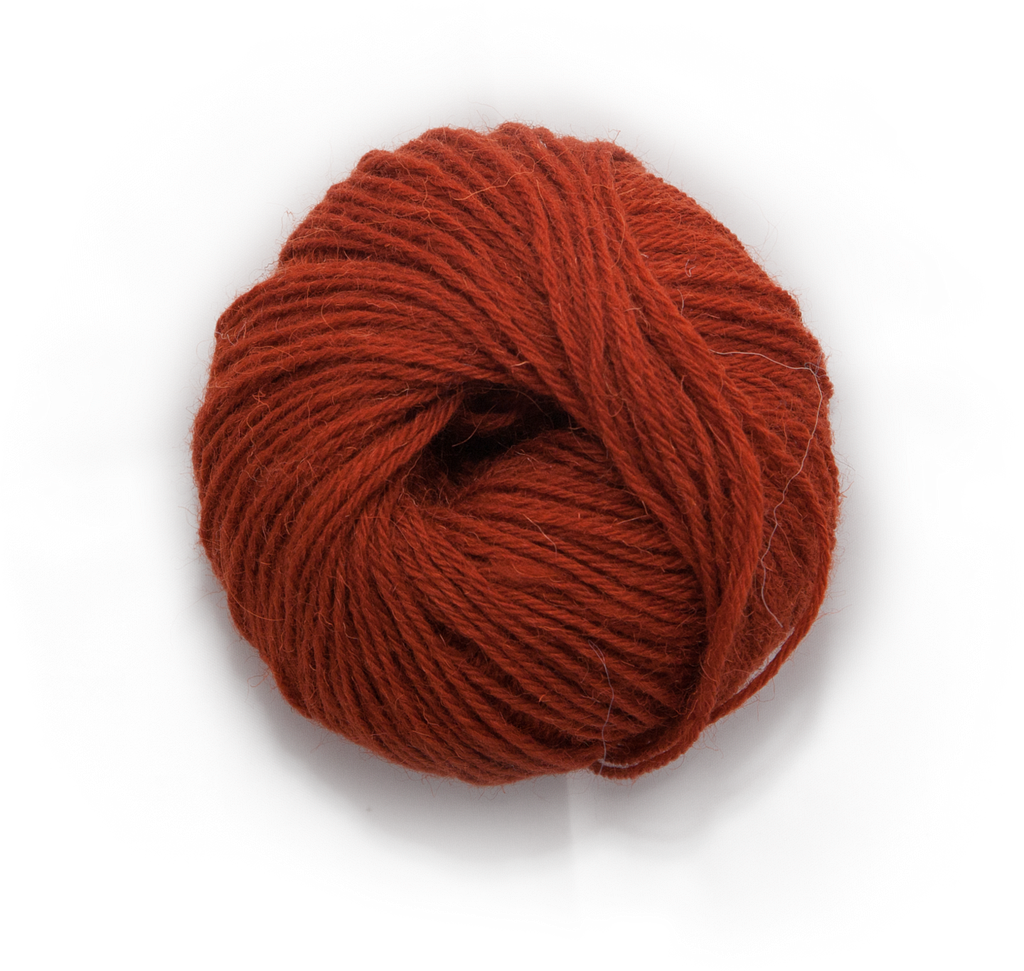
The Cornigliese sheep is an ancient autochthonous breed from Corniglio, which is a small village in the Parma High Apennines, in Italy.
The history of this special sheep starts in the far 1700: this animal was obtained by the local sheep of the Borbone Family and the precious Spanish Merinos sheep, in order to get a better wool quality, since wool was the most significant material for its widespread use in the textile industry, as well as for families who packed their own mattresses, blankets and garments.
In 2017 we gave to Cornigliese a whole new life. There only few hundreds of sheeps now, breeded by just three shepherds. The Cornigliese lost its popularity even locally, due to the popularity of super-soft common wools like Cashmere, Alpaca and Merinos. But why we should spin this sheep again? For several reasons:
it’s extremely STRONG: great for durable clothes and home accessories
we keep alive this breed by having a reason to breed it!
It’s not the warmest wool, but it’s more thermo-regulating than other wools as cashmere. While cashmere will make you sweat, the Cornigliese is more adaptable to the body’s temperature.
⛰ it has a sharp, rustic and vibrant color attractivity, which is pretty unique!

The Shepherd
From the ’60s the Cornigliese sheep started suffering a drop in terms of number of animals. In 1994 the FAO counted about 50 Cornigliese Sheep. Humble shepherds, like Ettore Rio, started to raise this sheep for passion, and the breed started to reappear. Today we can count about 700 Cornigliese sheep.
Burrs
After being sheared in our hills, the wool is shipped to the best wool combing in Italy, close to Biella. The wool is sorted by hand, washed and carded. This separates the “burrs” from the good wool.

Wool Noils
The carded wool can be used for paddings, otherwise it proceeds to the combing process, which removes fibre agglomerates, vegetable matter and the short fibres from the sliver.

The Open Top
The wool is then finished and it creates a kind of “big” yarn called “Open Top”.

The Result
The Wool is spinned in two or three yarns, then is yarn-dyed following ecologic GOTS standards. Finally, it’s transformed in wool skeins, wool mats or wool cones, depending on the final use.


The final wool is raw and pure, like the story and origins of its breed. We’re making special and rare products, respecting the possibilities, the limits and the characteristics of the wool.
The products



What is “Cornigliese Wool”? was originally published in OPERA CAMPI on Medium, where people are continuing the conversation by highlighting and responding to this story.